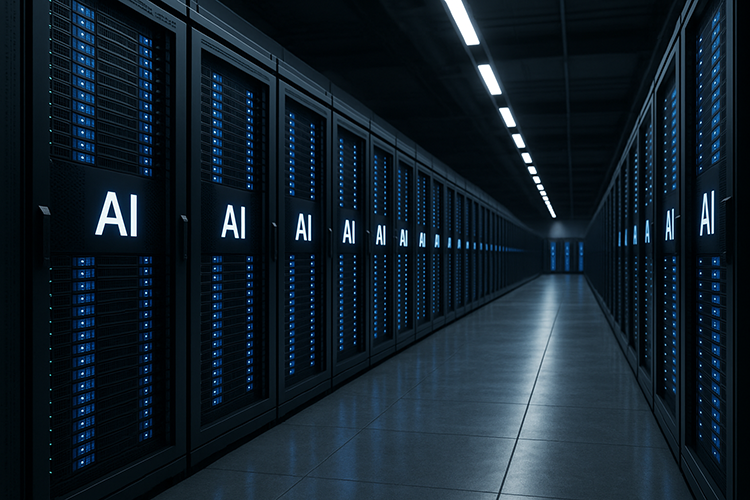OpenAI’s Trillion-Dollar Expansion Sparks Debate Over the Future of Artificial Intelligence
OpenAI, the company behind ChatGPT, has embarked on an unprecedented spending spree that has stunned both Silicon Valley and Wall Street. Deals signed in recent months with major technology partners have pushed the total value of its computing and infrastructure commitments to more than USD 1 trillion, signalling a new phase in the global race to dominate artificial intelligence.
At the centre of this expansion is OpenAI’s plan to secure enough processing power to develop the next generation of its language models. The company, led by chief executive Sam Altman, has entered long-term partnerships with chipmakers, cloud providers, and energy firms in an effort to build a global network capable of supporting ever larger and more sophisticated AI systems.
One of the largest agreements involves AMD, which will supply OpenAI with advanced chips beginning in 2026 under a deal valued in the hundreds of billions of dollars. The company has also deepened its collaboration with Nvidia, a key supplier of AI processors, and signed an extensive cloud-services contract with Oracle, worth hundreds of billions more. Together, these partnerships form part of a project known internally as Stargate — an effort to create a vast computing infrastructure dedicated solely to artificial intelligence research and deployment.
OpenAI’s leadership argues that this approach is essential to keep pace with the growing complexity of machine-learning models. As each new generation of AI requires exponentially more computing power, securing long-term access to hardware and energy is seen as critical to maintaining progress. Supporters within the industry describe it as the logical next step for a company now operating at the frontiers of technology.
Not everyone agrees. Financial analysts have begun to question whether such enormous spending can be justified, particularly given the company’s still-uncertain path to profitability. Some see echoes of past tech bubbles, warning that OpenAI may be overextending itself by locking in multibillion-dollar commitments years in advance. Others argue that the move is less about financial return and more about control — ensuring the company has the capacity to develop its technology independently of rivals and external suppliers.
Investors have so far reacted with cautious optimism. The announcements lifted shares of chipmakers and cloud providers tied to the deals, reflecting confidence that demand for AI infrastructure will continue to grow. Yet the sheer size of OpenAI’s commitments has left markets guessing whether the company can balance ambition with financial discipline.
OpenAI’s transformation from a small research organisation into a global technology powerhouse has been swift. Founded in 2015 as a non-profit focused on ethical AI research, it has evolved into one of the most influential companies in the world, producing widely used tools such as ChatGPT and DALL-E. Its close partnership with Microsoft helped bring these technologies into mainstream use, embedding them in software products and cloud platforms used by millions of businesses.
However, the company’s expansion has also revived concerns about governance, transparency, and its original mission to develop AI responsibly. Critics argue that the speed of its commercial growth has outpaced its internal safeguards. Former employees and researchers have warned that decisions about deploying advanced AI systems are increasingly being made under competitive and financial pressure.
Governments are watching closely. In Europe, regulators are assessing whether OpenAI’s growing influence could distort competition in the emerging AI market. In the United States, lawmakers are discussing how to manage the concentration of computing power among a handful of technology firms. The debate reflects a wider question about who should control the infrastructure that underpins future generations of artificial intelligence.
Despite these uncertainties, OpenAI’s leadership remains confident. Altman has described the company’s approach as a long-term investment in the foundation of intelligence itself — a bid to ensure that progress in AI continues even as hardware and energy constraints become more severe.
For supporters, the trillion-dollar project represents a bold attempt to shape the future rather than wait for it. For critics, it is an extraordinary gamble that could test the limits of technological ambition and financial endurance. Either way, OpenAI’s latest move confirms what many already suspected: the race to define the age of artificial intelligence has entered a new, far more expensive chapter.









